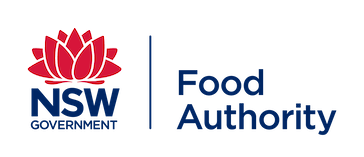Twofold Bay area algal toxin alert – update
NSW DPI advises that recent test results show that levels of Paralytic Shellfish Toxin (PST) in commercially cultivated mussels sampled from Twofold Bay have dropped below the level of concern for human consumption. Commercial mussel harvest in Twofold Bay has recommenced under a stringent monitoring program.
Animals such as rock lobsters purge the toxin at a slower rate than mussels. It is recommended that people avoid the consumption of rock lobsters and abalone from the Twofold Bay area until 1 January 2017.
Lobsters and abalone are known to accumulate the toxin in the viscera (tomalley) of rock lobsters and the viscera and mantle of abalone. It is recommended that consumption of viscera from crustaceans and gastropods captured from Twofold Bay is avoided. The mantle of abalone should either be removed or scrubbed clean to remove any pigment. As a precaution people should also avoid harvesting or consuming sea urchins from the area. Paralytic shellfish toxins are produced by certain toxic algae species. Alexandrium species that can produce paralytic shellfish toxins are continuing to bloom in the Twofold Bay area.Shellfish taken from this area should not be eaten. Cooking does not destroy the toxins.
Symptoms of PSP occur between 15 minutes to 12 hours after consuming contaminated shellfish. Symptoms usually begin with tingling and numbness around the mouth and face, progressing to the extremities followed by dizziness, nausea, headache, vomiting, vertigo, a floating sensation, weakness, and muscular uncoordination. In severe cases paralysis, difficulty in breathing leading to respiratory failure, and even death can occur. Anyone experiencing these symptoms after eating seafood from or near the affected area should seek immediate medical attention. Paralytic Shellfish Poisoning is rare, but it is important that people follow this advice to avoid getting sick.
Commercial shellfish producers in NSW operate under a detailed quality assurance program collecting over 8500 samples per year to monitor the environment where shellfish are commercially harvested. The NSW Food Authority advises to only eat shellfish harvested under a recognised commercial program.
This media alert only reports algal blooms that have been brought to the attention of NSW DPI. Algal blooms may be present in other areas.
Algal blooms can occur anywhere along the coast and are normally the result of the surge of nutrient rich deep ocean water onto the continental shelf, and can often be seen after rainfall events in estuaries and in river mouths. Some of these algae produce harmful toxins that can build up in marine shellfish.
More information
Visit the NSW Food Authority for more information on Recreational harvesting of seafood.
